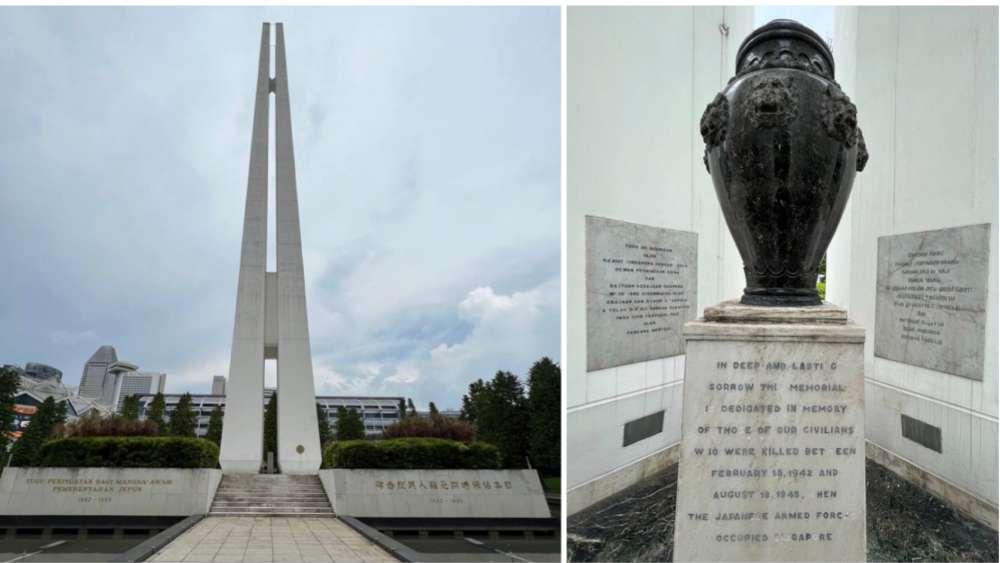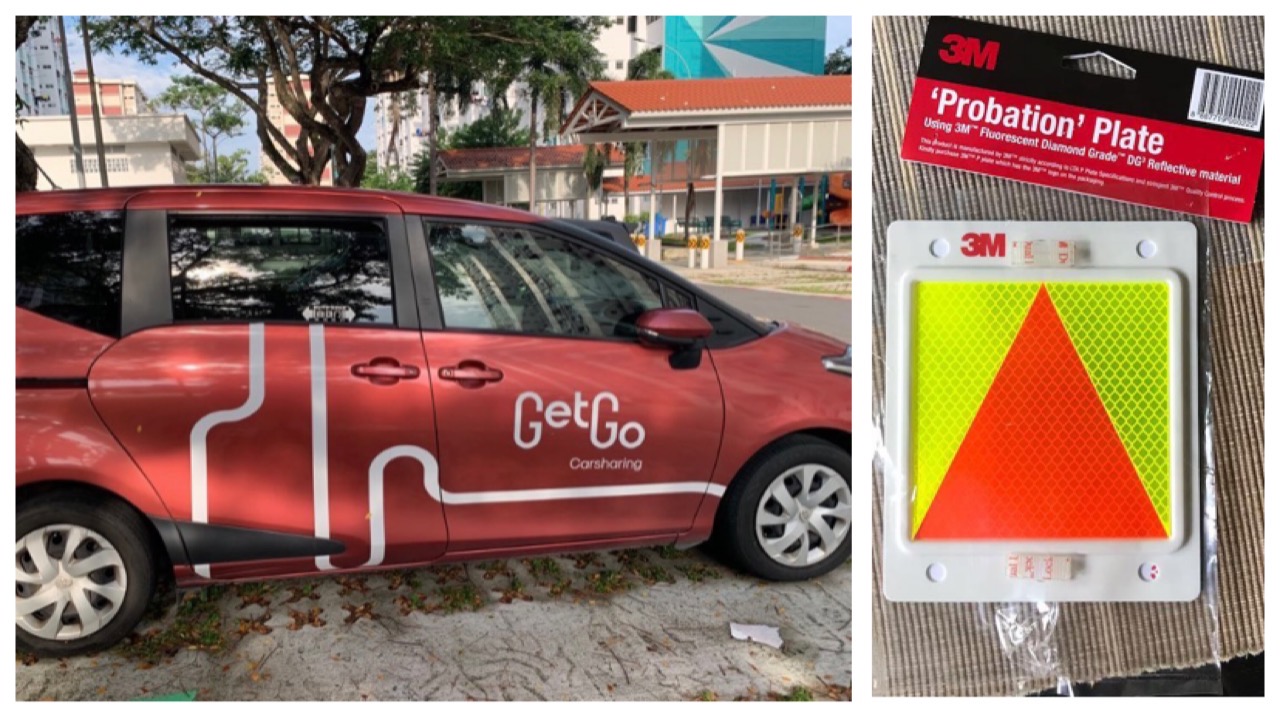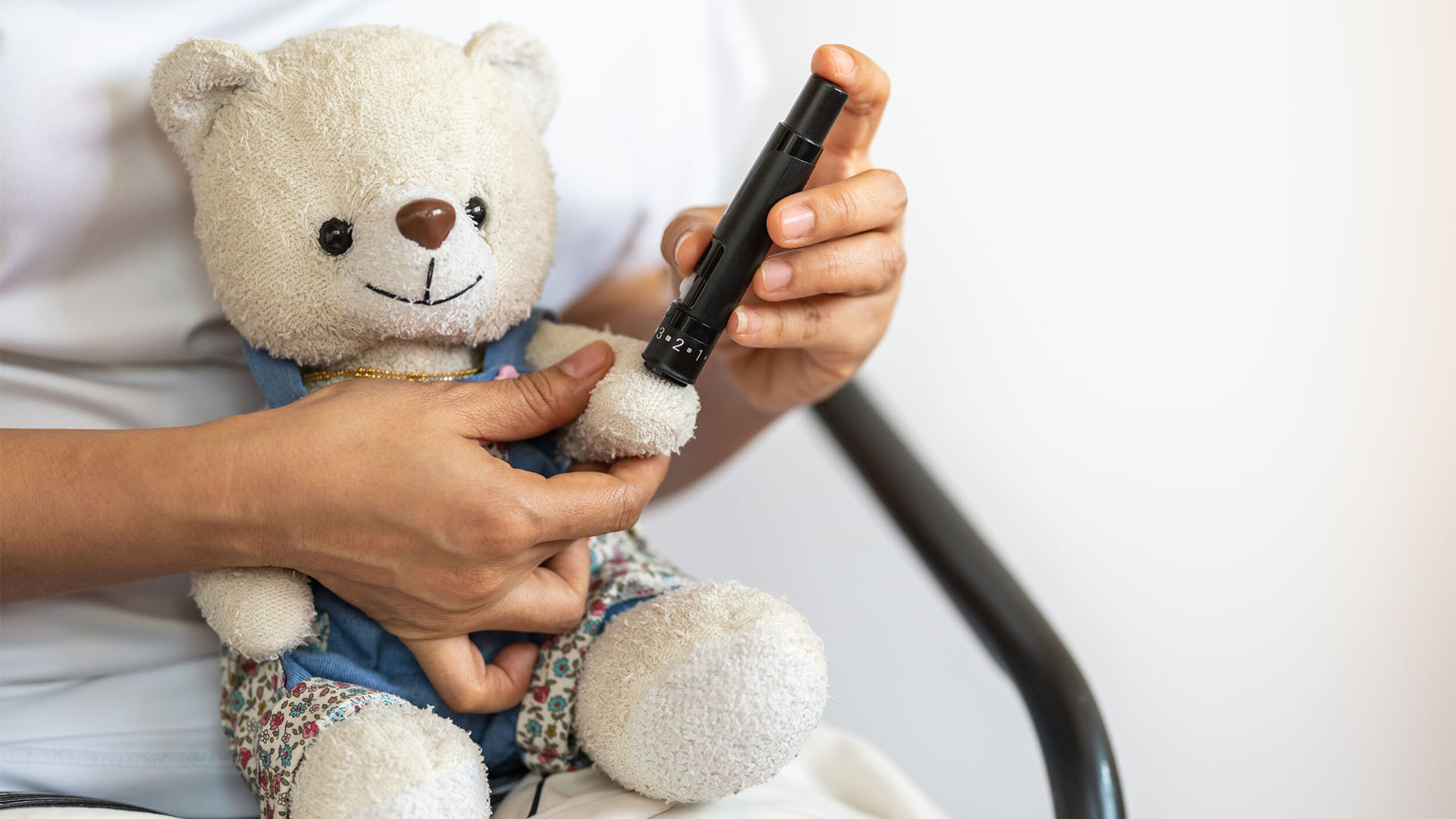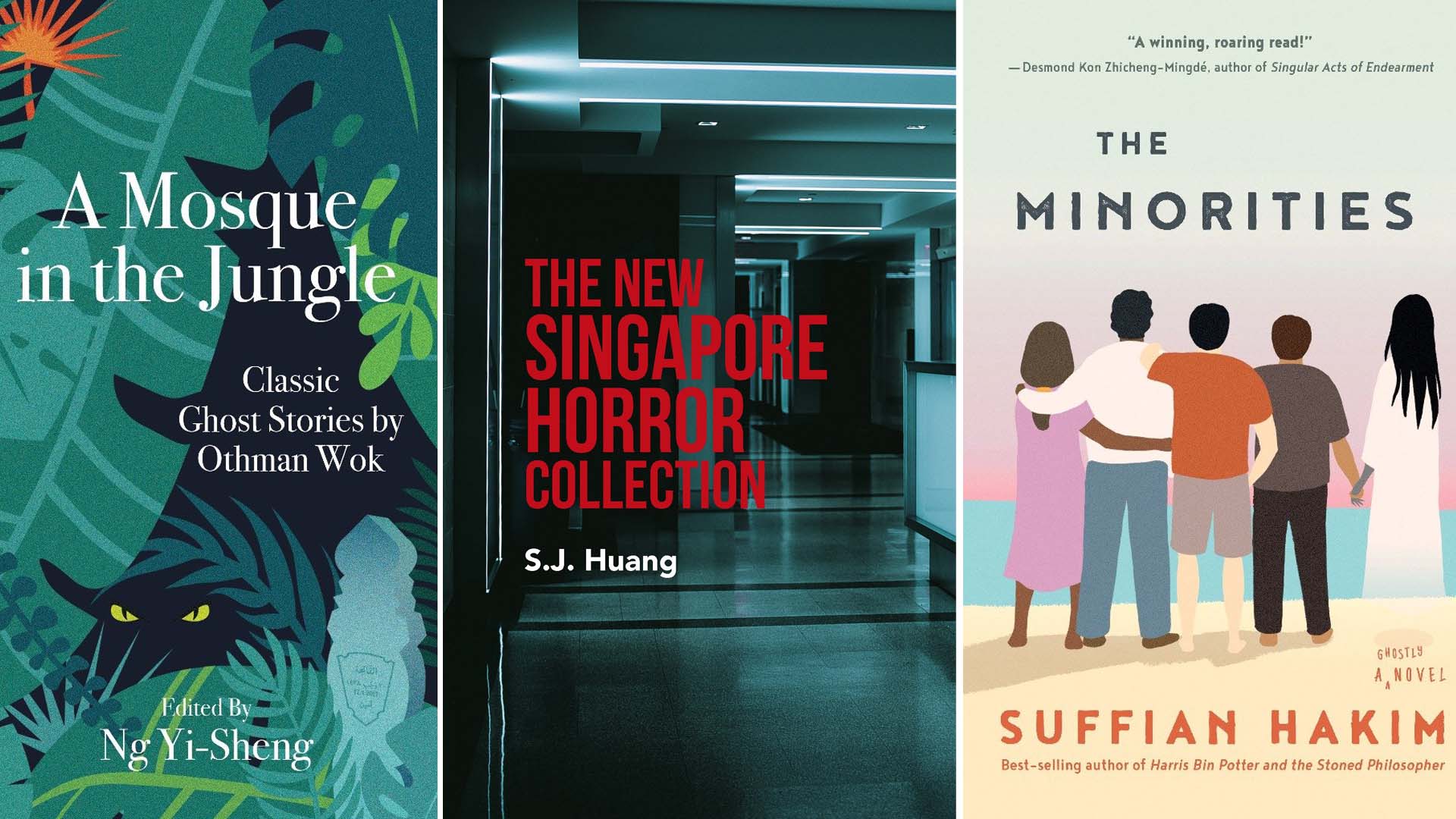What I Wish I Knew Before Getting A Driver's Licence
Congratulations! After months of slogging and driving lessons, you've finally passed your practical test and gotten that elusive driver's license. You've received that brand new Class 3/3A card in the mail, shown it off on Instagram (it's not official until it's on IG, right) and basked in the status of being a newly-minted driver. So, what next?
That is exactly the question I asked myself when I was finally able to be legally behind the wheel. Learning how to drive was already an arduous process in itself, but I'd soon come to realise that your education doesn't stop once you've gotten your licence.
In fact, there are actually a number of things that your driving school doesn't teach you. Clearing some obstacles in a circuit with an instructor by your side is not enough to prepare you for real-world driving. It's not just the unspoken rules of the road but miscellaneous things that might seem trivial until you actually have to figure them out for yourself.
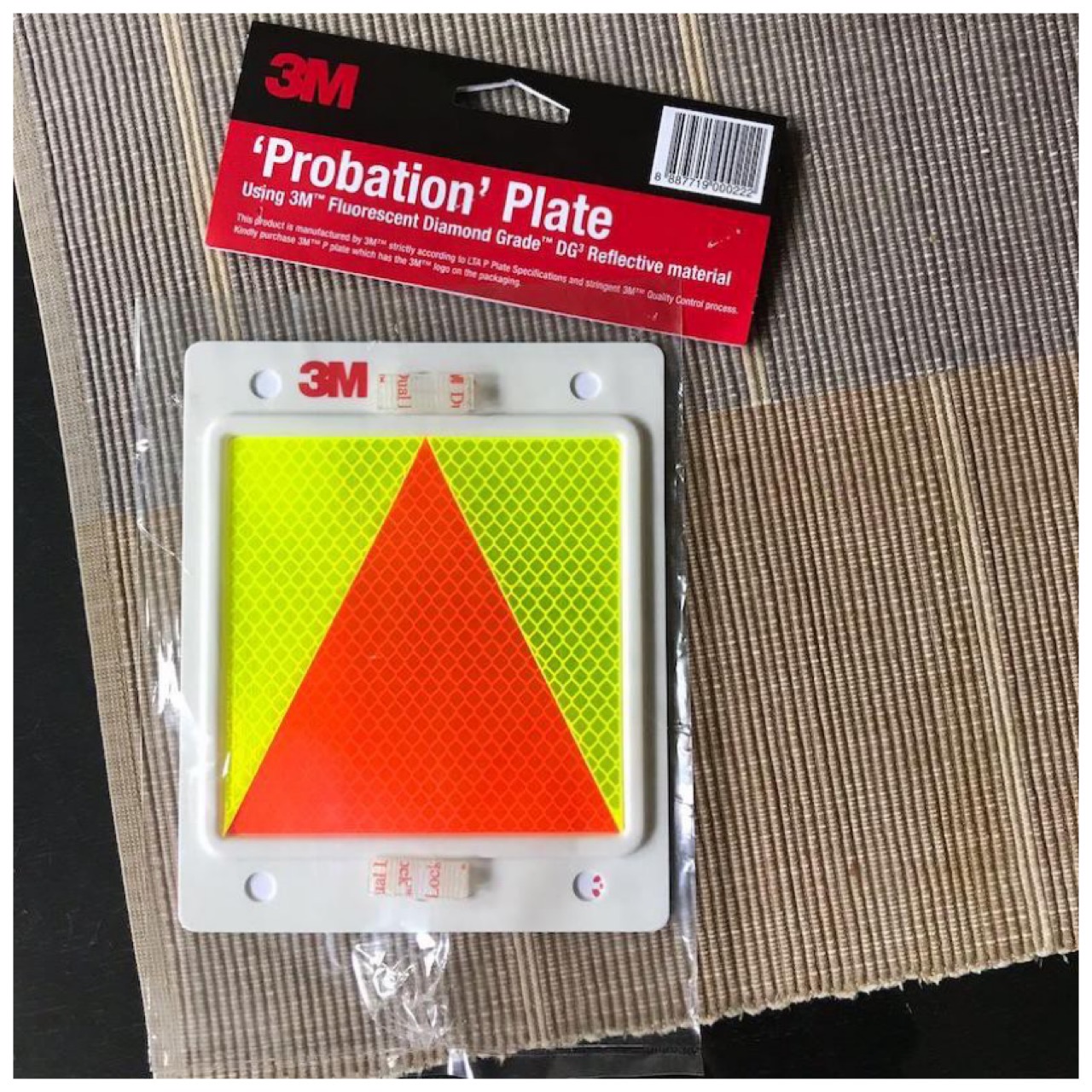
Getting a P-plate
First things first, you need to buy a probationary plate or P-plate. It's available at any petrol station and it comes as a pair. The Singapore Traffic Police will place you under a probationary period of 12 months following your Qualified Driving Licence (QDL) receipt date.
During this period, you will have to display the probation board both on the front (usually on the top corner of the passenger side) and rear windscreen (diagonally opposite corner) of your vehicle. It's akin to marking an "X" on your car so that other drivers know you're a noob and can makan you.
But jokes aside, you will have to stay on guard and avoid committing driving offences as much as possible. Traffic police (TP) will hand out demerit points for every offence, and your licence can be revoked if you get 12 demerit points during probation. So better signal and adhere to the speed limits. You don't have to become Dom Toretto in "Fast and Furious" all of a sudden.
CashCards and ERPs
Gone are the days that you have to pay for parking using coupons. The Network for Electronic Transfers (NETS) introduced the 1st generation CashCard way back in 1995, which is a stored value card that is predominantly used for Electronic Road Pricing (ERP) and car park charges.
The latest evolution of the card is called the NETS Motoring Card, which was just introduced last year. It is the only card in the market that motorists can use to pay for parking at all car parks across Singapore. There are also a variety of alternative payment methods such as credit cards, EZ-Link cards, and NETS FlashPay cards.
And speaking of ERP, it used to be a concept that I was blissfully ignorant of until I got my license. This system is used to manage road congestion in Singapore and drivers pay a fee when driving through an ERP gantry during operational hours using the In-vehicle Unit (IU) in your car. So plan your routes and driving timings carefully to avoid paying for ERP excessively. For a full list of ERP gantries with charges, click here.
Driving on expressways
The one thing you can't do during your driving lessons is to practise on a major expressway. While it is understandable, imagine the anxiety new drivers feel when driving on, say, the PIE (Pan Island Expressway) for the first time.
Expressways can be intimidating, so it's best to first navigate this route with a more experienced driver as your passenger, before you go at it alone. It is normal to be tentative and drive on the slower side. But slow driving doesn't equate to safe driving as that will lead to road hogging. Don't give other road users a reason to lose patience and overtake recklessly. Stick to the middle lane to be safe on your first go-around.
Also, it's okay if you miss an exit despite following closely to your Google Maps route. Thankfully, our country is not enormous, so one wrong turn doesn't lead you to exit in a new state or end up hours away from your destination.
Our road networks are well-connected enough that you can filter out gradually and take the next exit before finding an alternative route back. Whatever you do, don't panic or cut across multiple lanes while attempting to make your exit.
Another mistake new drivers make is to be rattled by a vehicle speeding past you on the next lane. It was especially scary for me the first time I was beside a bigger car barrelling past me at top speed. Remember, it's their right to accelerate on the right-most lane of the expressway.
While the human instinct would be to swerve out of your own lane in order to avoid a crash, that is absolutely dangerous. This sudden movement might freak out the speeding driver and cause them to swerve as well. The best way to avoid unwanted accidents is to stay calm and be measured in your driving. Make sure to signal early if you want to enter another lane, and ease in gradually.
How to pump gas
Here is one thing driving schools never actually teach you even though it is an essential skill to pick up: how to fill up your car with petrol. The four main petrol stations in Singapore are Esso, Shell, Caltex and SPC.
With the recent news that petrol prices are soaring, inexperienced drivers might base their choice of petrol on petrol costs alone but you must also take into account a car's fuel efficiency, performance, and vehicle requirements.
It's best to approach the friendly gas station uncle to clue you in the first time you're pumping gas. There is usually a trigger or lever below the steering wheel to help you open the fuel cap, but the location of this lever varies with different car models. Next, choose your grade of petrol (92-Octane, 95-Octane, 98-Octane or diesel).
If the pump has a card machine, you don't have to go into the petrol station to pay. Just insert your card in the card slot and enter your pin when it prompts you to. Then, take your card out and the pump will know to charge you for the fuel you use. There are a number of petrol credit cards in Singapore that offer cashback rewards for usage, so be sure to do your research before you pay a petrol station a visit.
Grab the handle and lift upwards, then outwards. This will unhook the nozzle from the pump. Insert it in the fuel hole and pump to the amount desired. Be sure to keep an eye on the pump's screen, which will tell you how much you're putting in and how much it will cost (and die internally inside when you see the final amount). Once you return the nozzle to the pump and put the fuel cap back on, you're good to go.
Car-sharing services
The cost of owning a car in Singapore is one of the most expensive in the world. You might have gotten your license without an existing family car or plans to own your own vehicle. So how do you go about maintaining your driving skills?
Let me introduce you to the wonderful world of car-sharing services. Not only does this option provide you the convenience of driving a car without the expenses of total ownership, it also offers a number of P-plate friendly options that are easily available. Such cars are parked all around Singapore and can be opened with a card or app. You use the respective app for each service to search for a nearby car, unlock it, and drive it to your destination.
The most popular car-sharing operators in the market right now are BlueSG, Tribecar, Car Club and WhizzCar. But my personal favourite app has to be GetGo, which is a relatively new player but is already the largest Point A-to-A service in Singapore. It's super useful if you want to run short errands or to pick up your loved ones from elsewhere to drive them home.
The most important criteria for any driving newbie is the location and accessibility of these car-sharing vehicles, so be sure to find one that is already in your neighbourhood carpark. Happy driving folks, and drive safe!
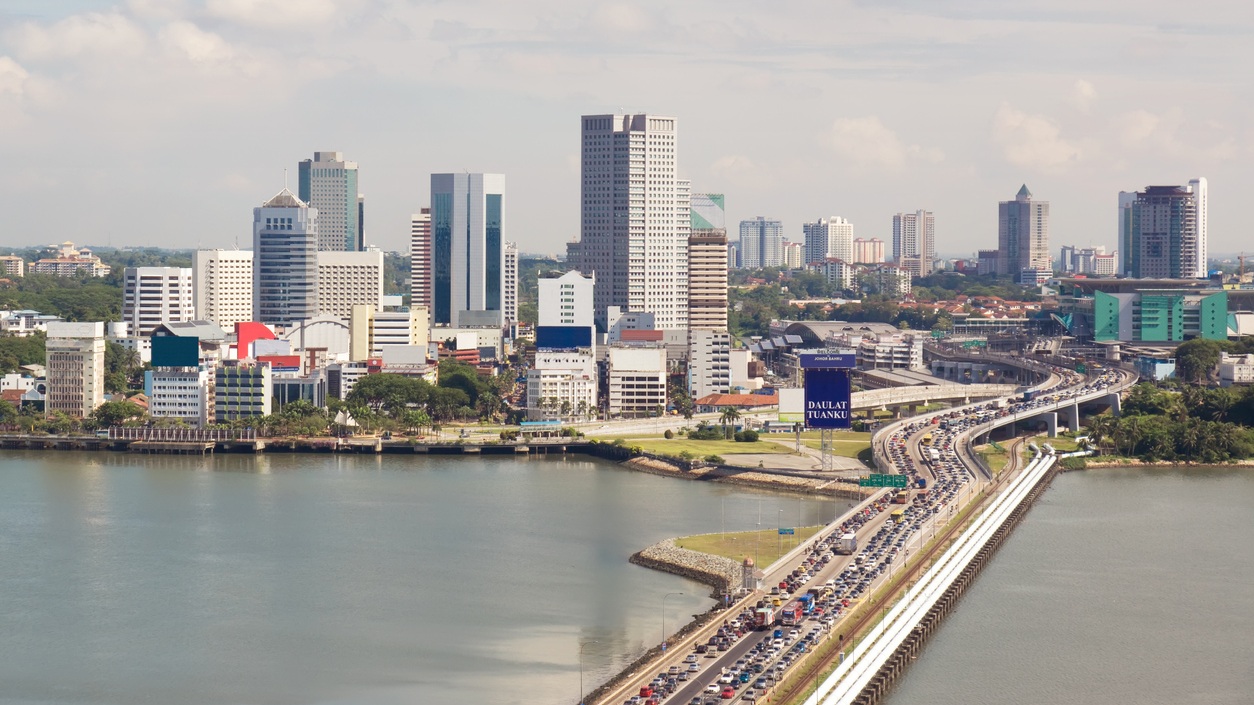
Ready for a longer drive?
If/when you're confident enough, here's a checklist to take note of when driving into Malaysia.
For the latest updates on Wonderwall.sg, be sure to follow us on TikTok, Telegram, Instagram, and Facebook. If you have a story idea for us, email us at [email protected].






